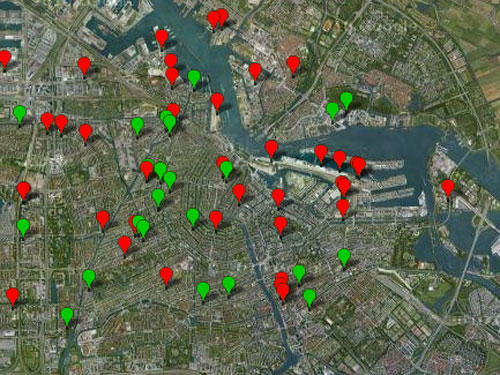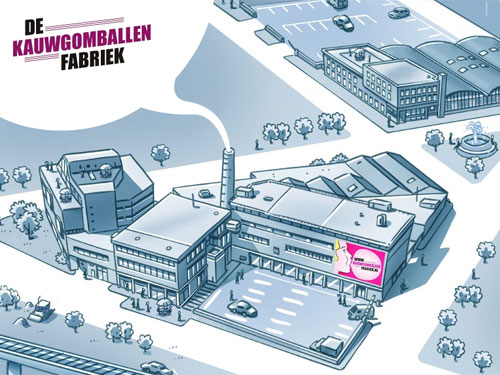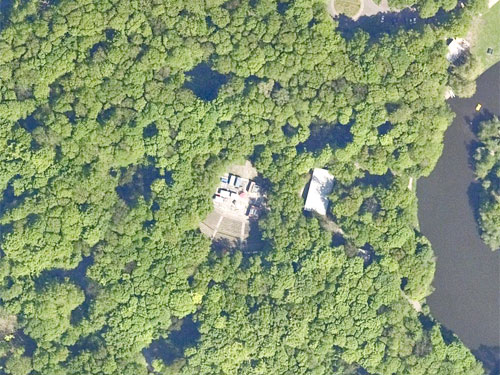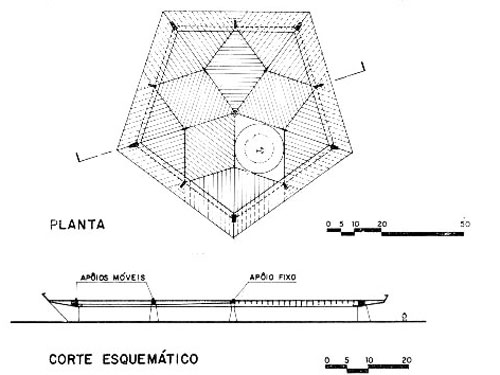
Click here to open interactive map
The city of Amsterdam has quite some experience in organizing incubator projects, due to the local incubator policy (Broedplaatsenbeleid).
Incubator projects are basically contracts of temporary use of vacant buildings, between the owner (private, municipality, housing corporations etc.) and a cultural end-user (individual or group). Subsidies for these projects – available for both owner and end-user – are centrally managed by Bureau Broedplaatsen Amsterdam, following certain rules for building renovation, maximum rent and minimum rental period. Since 2000 this bureau is part of the municipality of Amsterdam and maintains close contact with owners, real estate investors, districts councils, cultural end-users, incubator groups, real estate brokers and banks.

Incubator project in former chewing gum factory – click here

Incubator project in former garage – click here














